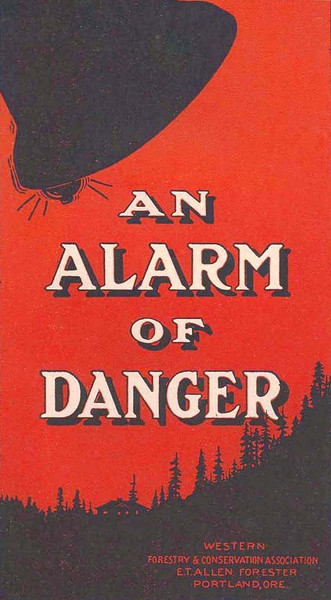Spring of 1910
The spring of 1910 was dry, with little to no rain. Forest rangers serving in the area reported that by late April the hills were barren and had not turned green. By July, an intense heat wave had combined with a severe drought in the northwest, producing the driest summer ever recorded in Idaho and Montana. The long, hot weeks spawned numerous electrical stroms and lightning strikes. On July 23, a storm battered the Coeur d'Alene Mountains. The dried-out landscape was perfect kindling for lightning and by the end of the month; over 1,000 fires were burning in the region.


